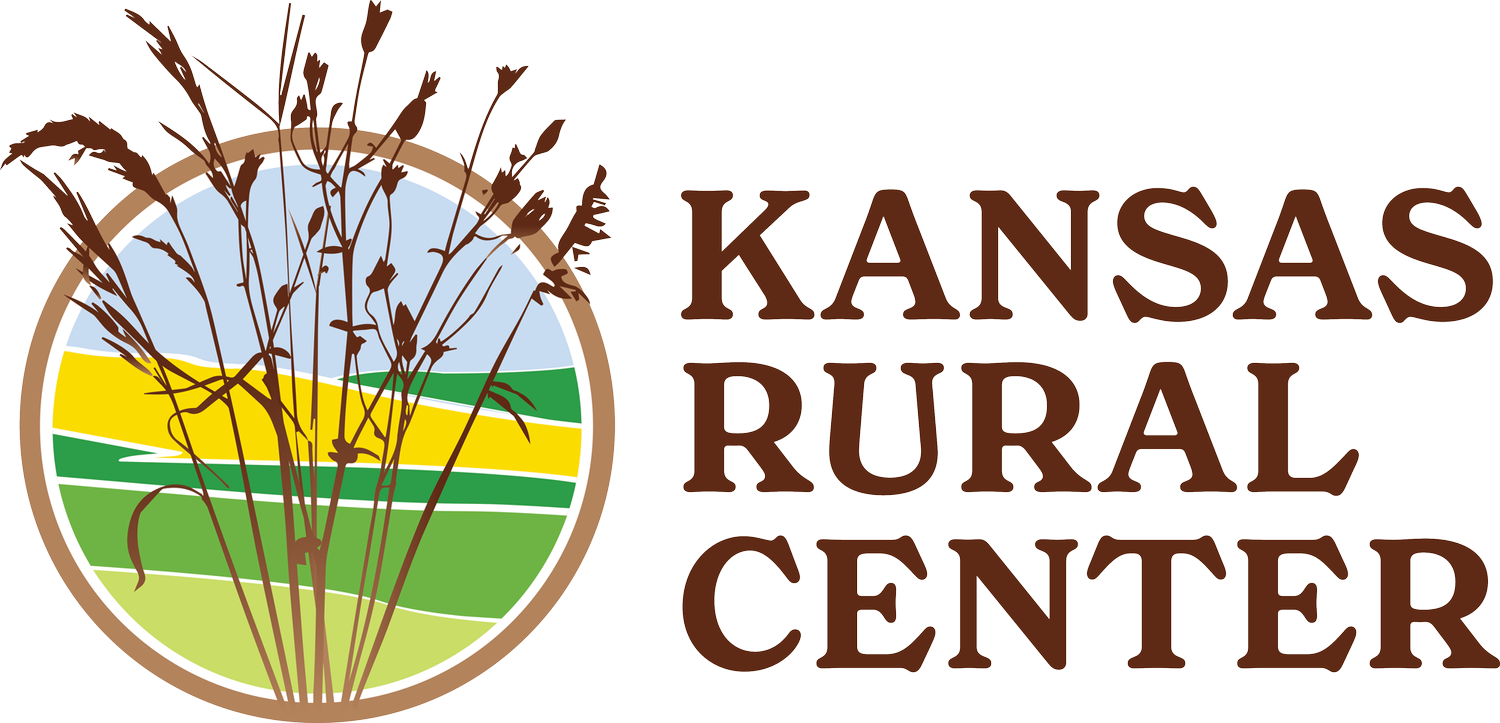KRC Pollinator Publications
Farming for Pollinators: Strategies that Reduce Pesticide Use
In recent years, much attention has been given to the plight of pollinators as their numbers have declined precipitously worldwide. Neonicotinoid pesticides are a primary cause of these dramatic declines, due to both an increase in the amount of pesticide being applied on farm fields and the high toxicity of neonicotinoids to bees and other pollinators. The EU voted in April to ban neonicotinoids from all fields because of the harm they cause to bees. By the end of 2018, the only allowed use of neonicotinoids will be in closed greenhouses.
Putting the Brakes on Neonicotinoids
Since the mid-2000s, there has been a dramatic change in pesticide use in agricultural fields in the US and around the world due to a class of pesticides called neonicotinoids. Currently, over 100 million acres of farmland in the US are planted with neonicotinoid-coated seeds each year. Research has shown that neonicotinoids are being greatly over-used in agricultural fields, with few or no benefits to the farmer in many cases. On the other hand, neonicotinoids are wreaking havoc on pollinators, beneficial insects and other wildlife.



